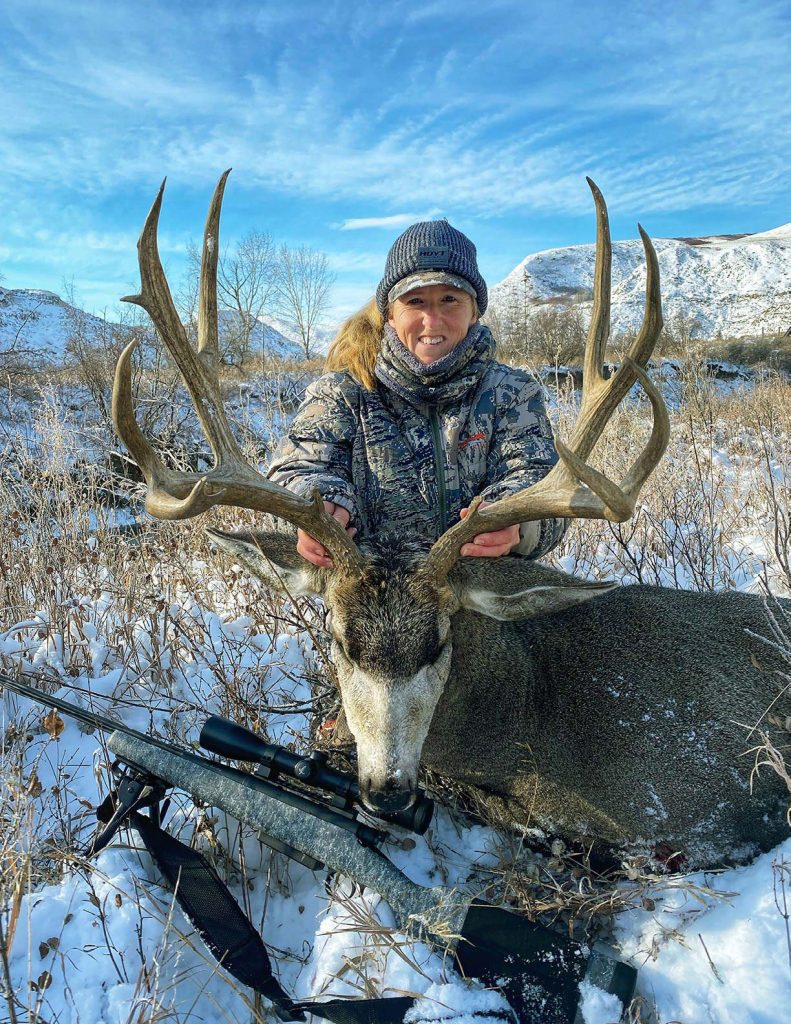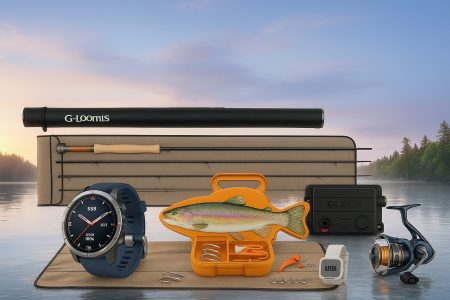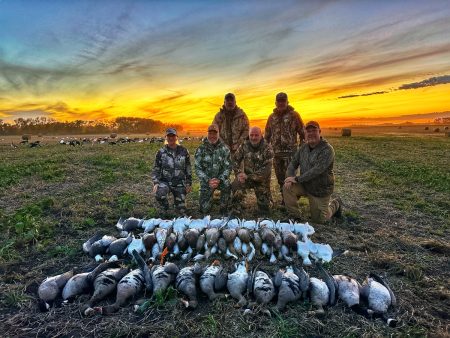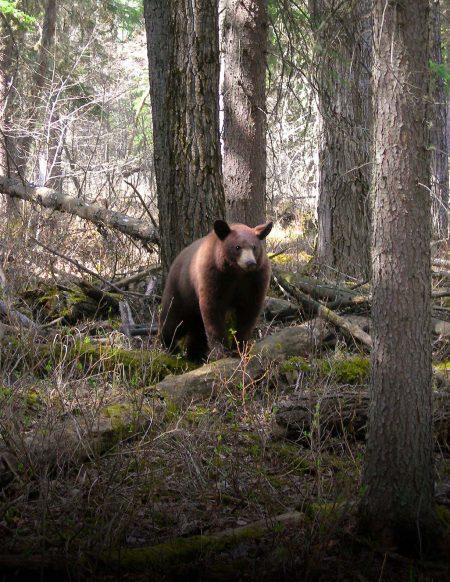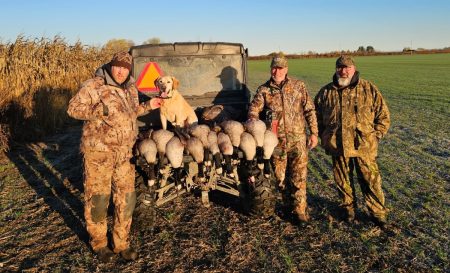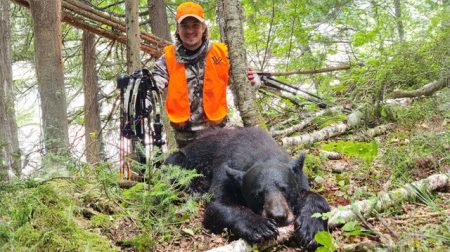Over the years, many people have asked me how I became so passionate about hunting. Most women are surprised when they hear that I frequently hunt alone. They’re even more intrigued when they hear that I’m successful. Hunting, like many life skills, involves trial-and-error learning. Through an ongoing series of successes and failures, we pick up what works and what doesn’t.
Getting Started
Many hunters started their passion with a simple desire to be in the outdoors. Then that intrigue grew into a love of nature and a need to understand the animals we interact with both for subsistence and recreational enjoyment.
No doubt times have changed, but when I first began hunting, women were seldom found in hunting camps, and if you found one, she was often there as a non-hunting “tag-along.” That’s why I encourage anyone interested in hunting to embrace the experience and jump in with both feet. Don’t be afraid to make mistakes. Sometimes, we learn best from our missteps.
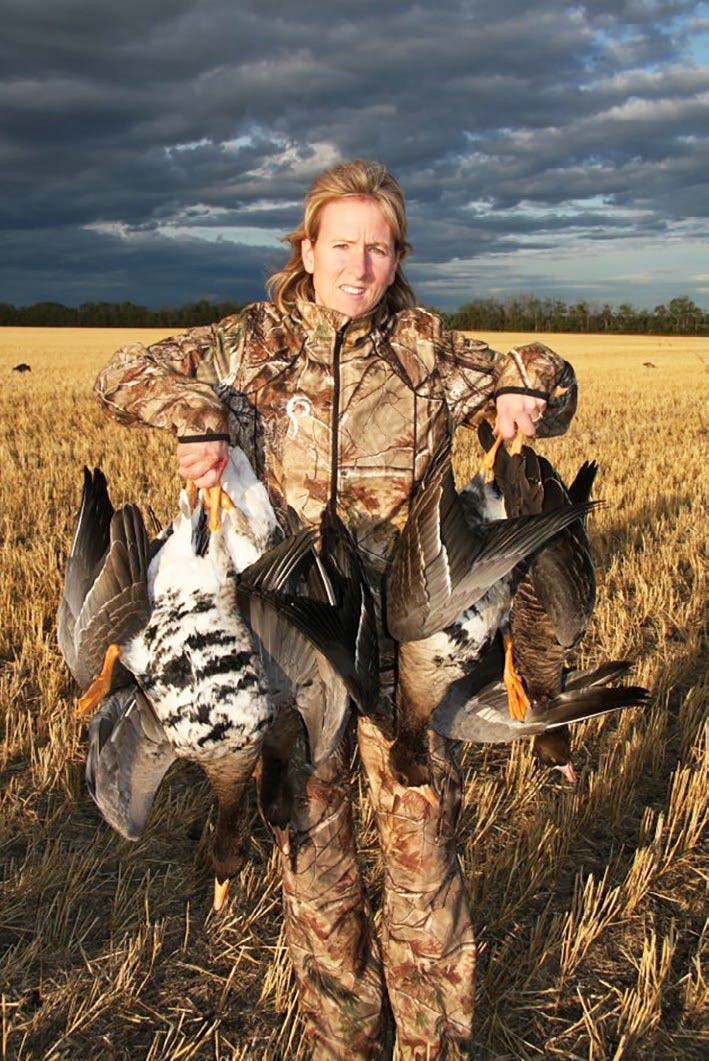
Find a Good Mentor
One of the best things you can do is find a mentor—someone who knows and understands wildlife behavior and the rules of the hunting game. Most importantly, find someone who knows how to do it right. In other words, work with an individual who is ethical and who understands your state or provincial hunting regulations. That person should be open to answering plenty of questions and be willing to pass on as much of their knowledge as possible.
In many respects, I was lucky. My then-boyfriend Kevin (who is now my husband of 29 years) became my mentor. Growing up, I’d spent a lot of time camping and hiking. In my early twenties and I went on numerous backcountry trips. I loved the outdoors and I was comfortable in wild spaces.
My love of nature and sense of adventure was a great foundation and a building block for what would come next. Kev and I spent many dates running trails looking for shed antlers or sitting in a tree watching animals move naturally in their habitat. He taught me a great deal about animal behavior, what terrain is inhabited by which species and different movement patterns. He taught me where they slept, where and how they traveled, what their food sources are and what to look for when hunting each species. Although I didn’t fully understand it at the time, I’m thankful for his patience. It allowed me to evolve from being a mere tag-along to becoming a full-fledged knowledgeable hunter. In fact, I’m very proud that Kev considers me his best hunting partner and one that shares equally in both our successes and failures.
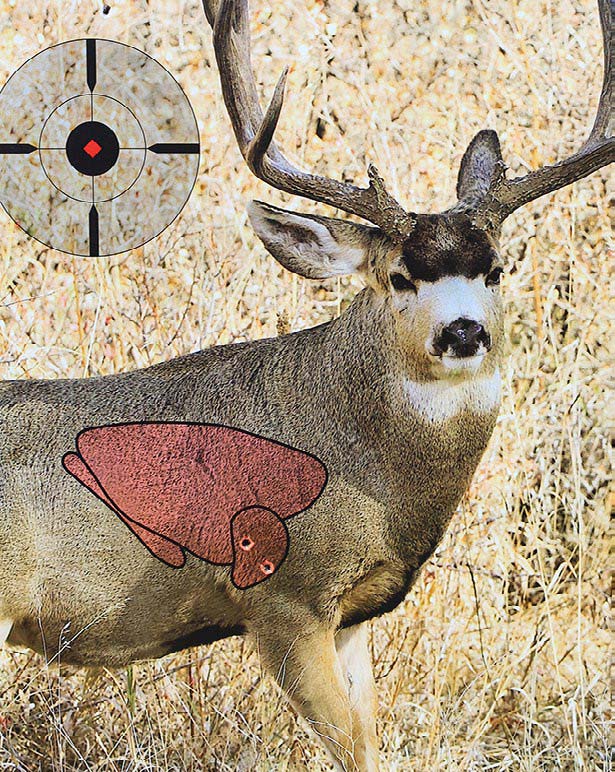
Going Solo
The learning curve is steep, but I can honestly say that my evolution as a hunter grew exponentially when I began doing the odd hunt on my own. Although I generally prefer to hunt with my husband or with a few friends, that’s not always possible, and that means going solo.
One year I drew a moose permit in a management unit close to home. Kev had taught me to call; more specifically how to moan like a cow in estrus, and also how to grunt like a bull. Early on I was self-conscious about calling with another person present. Thinking back, I was concerned that I was maybe doing it wrong. Fast forward though, and I’ve come to realize it’s all part of the learning curve. Anyway, Kev couldn’t come with me on that hunt, so I woke up a few hours before daylight, drove an hour east and made my way into the forest before legal light. The plan was to slowly walk in and cow call as I covered ground.
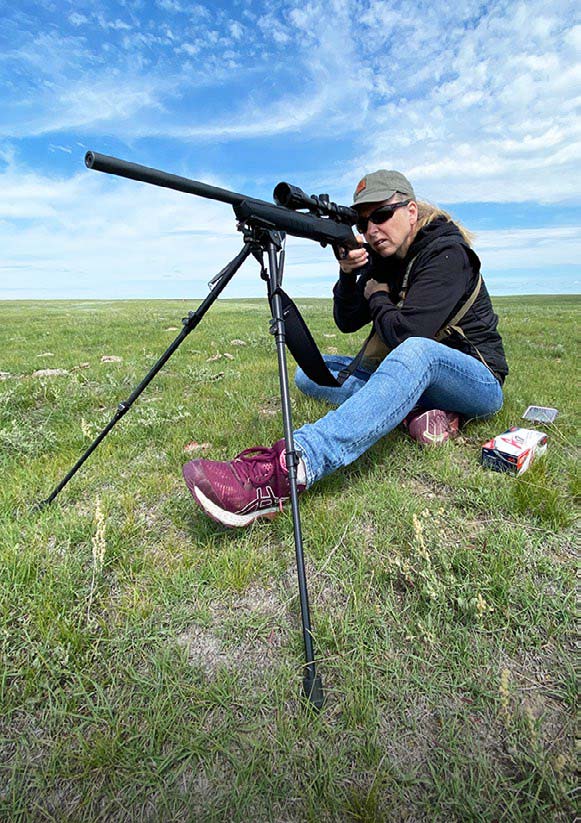
Previous experience taught me that I should take a compass bearing from where I parked my vehicle in case I got turned around in the woods, so I did. Brailing my way through the various trails, I decided to cut from one trail through the woods to another one. Every hundred yards or so, I’d moan softly. As daylight arrived, I found a small hill where I could get to a slightly elevated position. The problem was that I could only see three angles from that vantage point.
Then the wind came up. Thinking the sound would travel better from a higher position, I called off and on for 20 minutes with no response. In fact, the wind had all but obliterated my ability to hear anything aside from rustling leaves and branches moving with each gust. Eventually, as I stood and waited longer, I heard a loud crash and a grunt directly behind me. To my absolute surprise, I had just called in my first bull!
What I failed to acknowledge was that moose often ghost in quietly from downwind. They do this to help them detect if there is any danger. Because I was above him, my wind must have blown above the bull. Although I didn’t get my moose on that hunt, it was definitely a success in my books. I had called in a bull, and that gave me a profound sense of accomplishment. That particular hunt is a reminder that I needed to be able to monitor every possible angle of approach when setting up. After that day, my confidence soared, and I can honestly say that now, years later, Kev loves it when I can do the calling.
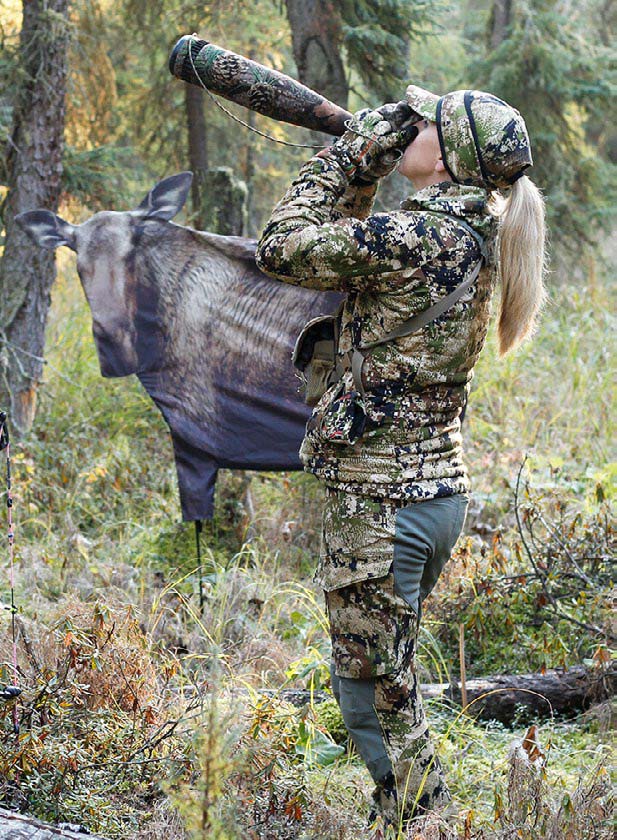
Understanding Your Gun or Bow
It’s also very important to understand the capabilities and limits of your rifle or bow of choice. In other words, not all rifles and ammunition are created equal, nor are all bows, arrows or broadheads. For instance, when I’m bowhunting moose or elk, I am particularly conscious of my draw weight, arrow and broadhead. I’ve learned that moose are big, so maximizing penetration is priority one. I am also acutely aware of the importance of taking only an ethical shot; one that will put the animal down as quickly and as efficiently as possible. Understanding and respecting your own limits as a hunter can help alleviate any pressure to shoot when you don’t feel comfortable or confident doing so.
Rifle hunting comes with its own challenges and opportunities. Find the caliber that you are comfortable shooting and one that’s best suited for the animal you plan to hunt. I’ve been able to shoot many different calibers, but my favorite is the 7mm Rem Mag. This gun is big enough to handle most North American big game species without knocking my shoulder into next week. Many women have a slighter build than men do. We don’t carry the muscle mass they do and this can make it more challenging to absorb the recoil from bigger calibers. A modification like a muzzle break or a softer recoil pad can also help with this dilemma. Make sure that you are comfortable and confident in your ability to accurately shoot your gun. If you don’t like it, or if you’re afraid of it, you will not shoot it well. Rifle caliber, size and type of bullet, and the scope you choose can also play into your success.
Prior to any hunt, it’s important to also spend time at the range. Shooting practice is necessary and part of that involves making sure that your equipment is working well. Learning to shoot properly builds confidence. Understanding and having confidence in your equipment is a vital part of hunting. Just like with bowhunting, it’s important to know your limits with a rifle and to restrict your shot opportunities to working within those parameters. Remember though, those limits can be extended as you become more comfortable with your rifle or bow.
Shot placement is key. It will literally determine the outcome of your hunts. Bad shots not only lead to unnecessary suffering on the part of the animal, but a lot of time spent trying to retrieve it after the shot. Plenty of detailed visual references can be found online showing the anatomy of various big game species. They reveal good, high-percentage shot placement to help hunters put game down quickly. As a bowhunter, my ability to make an ethical and quick kill on any animal revolves around my understanding of its anatomy and my ability to accurately deliver an arrow through the lungs and heart. At the end of the day, shot placement is arguably the most important skill in hunting.
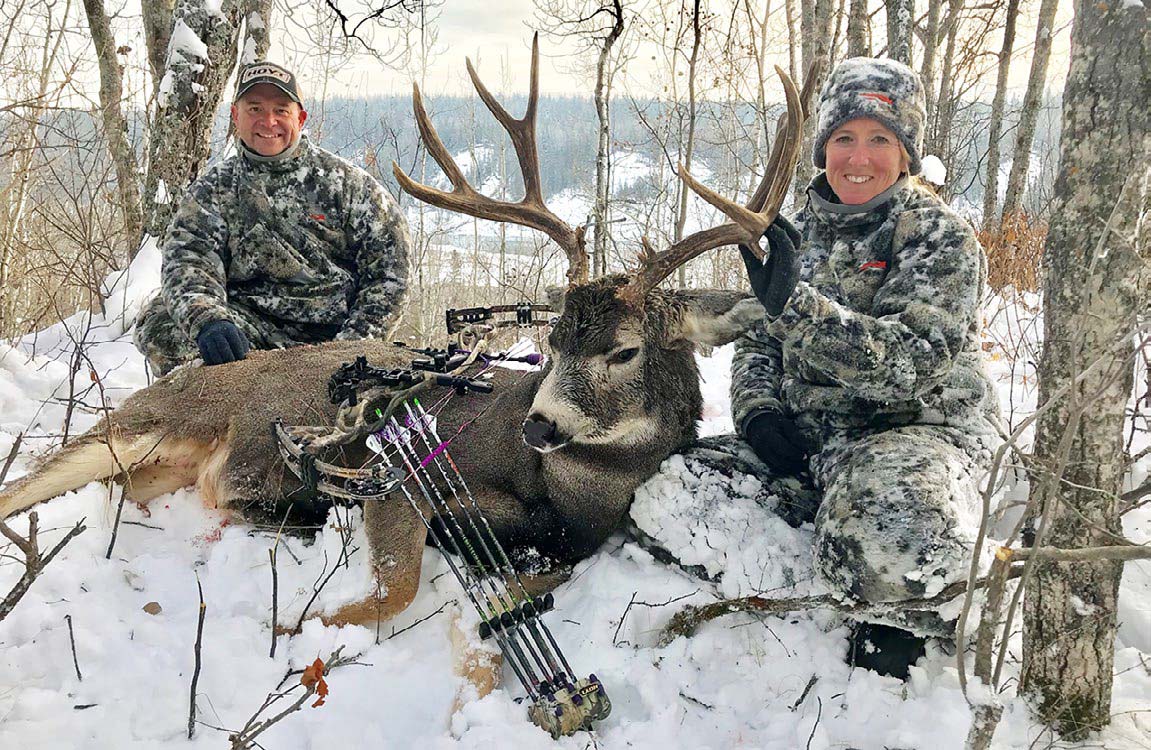
Hard Lesson Learned
Hunting isn’t an exact science, and it often comes with hard lessons. One I won’t ever forget involved bowhunting Whitetails from a tree stand. It was the end of October, with no snow on the ground yet. I had rattled in a nice Whitetail. The buck was walking on a trail situated only a few yards away from the base of my tree. As he approached, I went to full draw. Moments later, the buck stood maybe five yards away. The angle was steep, but I remember feeling confident when I released.
As my arrow drove into his chest, he kicked his hind legs and bolted. Still sitting in the stand, I could see a good blood trail and immediately called Kev to tell him. We waited 45 minutes then started to track my deer. It never even crossed my mind that I might not find him. I’d been hunting for a couple of years by then but didn’t fully grasp the idea of “thinking exit” yet.
We tracked that deer several hundred yards before it crossed a road, and we lost the blood trail altogether. That was the day I learned about shot angles. With archery tackle, if the shot angle is steep, you may only penetrate one lung and a mature buck can indeed go a very long distance on one lung. In fact, he could even live to see another day. This was a hard lesson for me. I looked for that deer for days and never found him. All I needed to do was let him take a couple more steps. Had I done that, the angle would have been less severe, and the outcome would have been very different.
Time in the field provides experience, and with experience comes knowledge. Don’t let the fear of making mistakes stop you from getting out there and trying new things. Trial and error can be the best teacher and ultimately, it can lead to some pretty incredible hunting memories. So, find a good mentor and dive right in!
Per our affiliate disclosure, we may earn revenue from the products available on this page. To learn more about how we test gear, click here.






